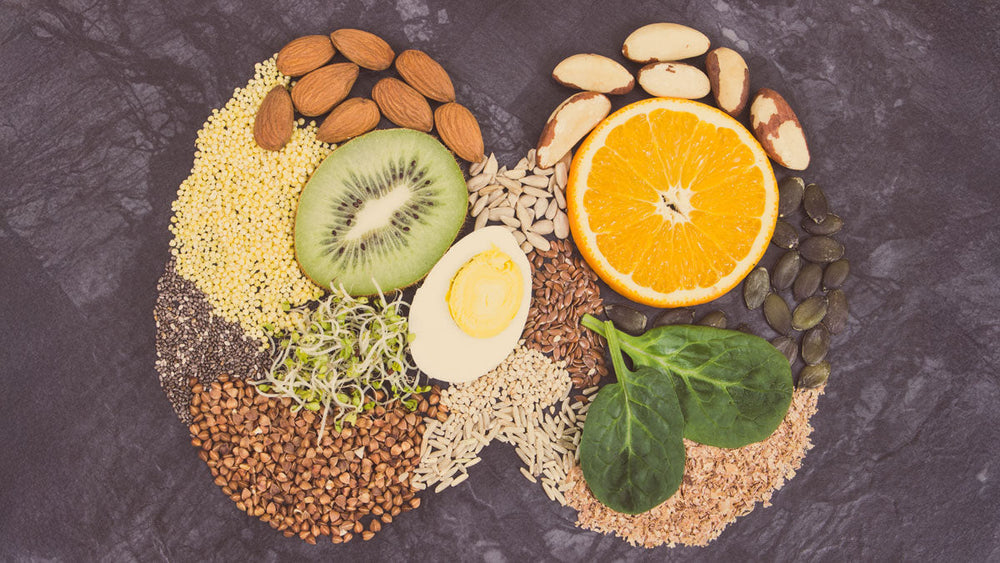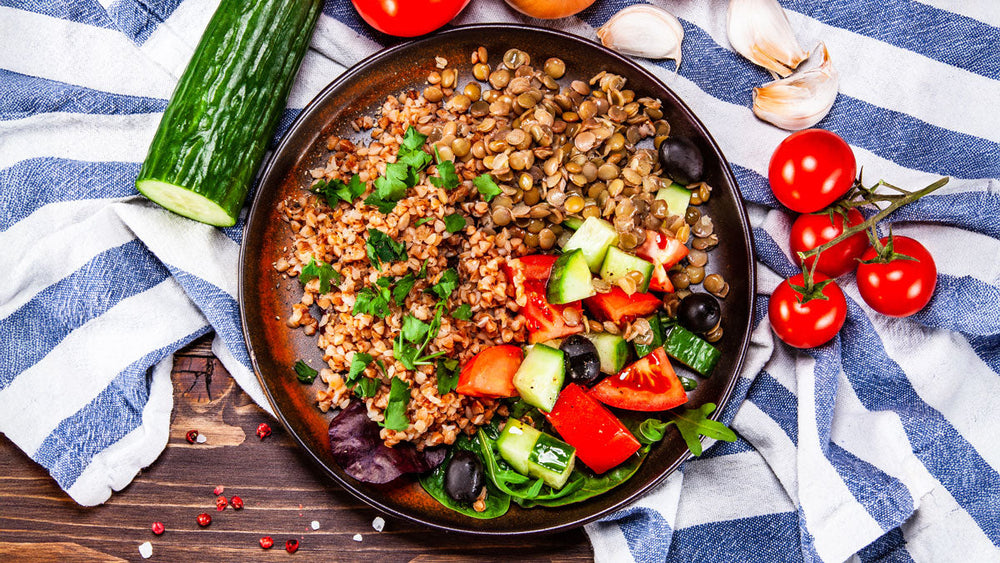Despite what you may have heard…Carbs are not the enemy.
It is true- carbohydrates are sugars. What’s not true is that carbs are only found in white foods like bread, potatoes, and pasta. Or that those foods are even “bad” for you anyways (we can address portion control later). Carbohydrates are found in many food groups including vegetables, fruits, dairy, grains and even in protein (such as legumes, nuts & seeds). And they are classified as simple sugars or complex carbohydrates.
Simple sugars include monosaccharides and disaccharides. Monosaccharides include glucose, fructose, and galactose. When you consume these sugars, they are just absorbed without having to be digested because they are a single molecule. However disaccharides contain glucose plus another monosaccharide and must be broken down before they are absorbed. These include sucrose (aka table sugar), maltose, and lactose (aka milk sugar).
Complex carbohydrates are polysaccharides and contain lots and lots of glucose molecules that are linked together, despite not often tasting very sweet. These include starches, fiber, and glycogen.
- Starch is the glucose that is stored in plants through the process of photosynthesis. You can find a lot of this type of fuel in grains, legumes, and starchy vegetables.
- Fiber cannot be digested or in the small intestine and comes in 2 forms: soluble and insoluble. Soluble fiber dissolves in water and insoluble fiber absorbs water. Both play an important role in health- learn more about the benefits here.
- Glycogen is the back-up engine in the body. It is your storage form of carbohydrates with approximately ⅔ available in your muscles and ⅓ available in your liver- ready to use when the sugar in your blood is low or to keep you alive while you are sleeping or ready for you when you need that extra muscle energy to run away from a bear…
There is no doubt that added sugars and calorically dense foods with poor nutritional quality have given carbohydrates a bad reputation over the past few decades, which is understandably so. We are in an obesity epidemic. Food and beverages such as fast food and soda pop have become weekly and even daily meal choices in many households, many times a result of socioeconomic and racial/ethnic disparities. Learn more about this here.
However, carbohydrates are good for you and are necessary to your growth and development- it is all about making the correct decisions of which ones you choose. Start by learning where carbohydrates are on the Interactive Food Label.
Carbohydrates contain 4 calories per gram. Since carbohydrate needs will be individualized based on your overall calorie needs- or condition such as diabetes, the general recommendations are:
- 45-65% of your calories should come from carbohydrates
- If your calorie needs are 2200 calories, multiply this by .45 and .65 = 990 & 1,430 and divide those numbers by 4 calorie per gram for carbohydrates to get your carbohydrates needs: 990/4 & 1,430/4 = 247.5-357.5 grams of carbs per day
- Let’s take a look at what 248 grams of carbohydrates per day would really look like (just add your own fats and protein):
- Breakfast: ½ bagel; ½ cup orange juice
- Snack: ½ cup lowfat granola; 17 grapes; ⅔ cup yogurt
- Lunch: ⅓ cup couscous; 1 cup raw cucumber; 1 cup raw tomatoes; 1 cup carrots
- Snack: 1 banana; 1 cup flavored low-fat rice milk
- Dinner: 3 corn tortillas; ½ cup corn; ½ cup black beans; ½ cup cooked peppers
More about carbs to come in the future!
Fun snacks to try:
Gluten-Free Vegan Plant Protein Bars - Japanese Matcha Vanilla (8 Pack)




















Comments
Join The Conversation...